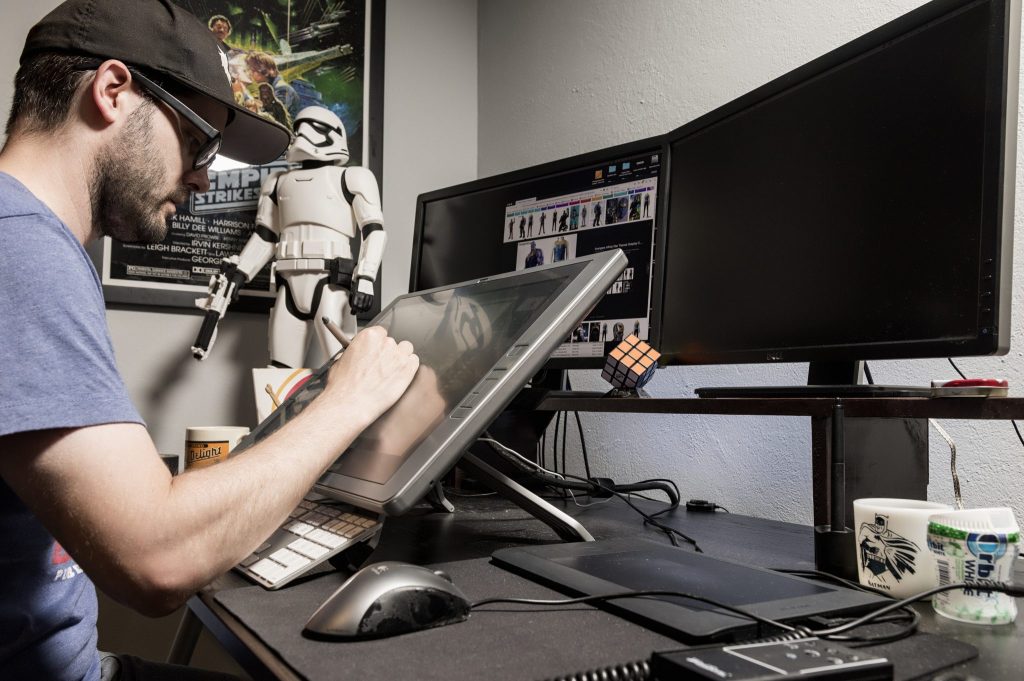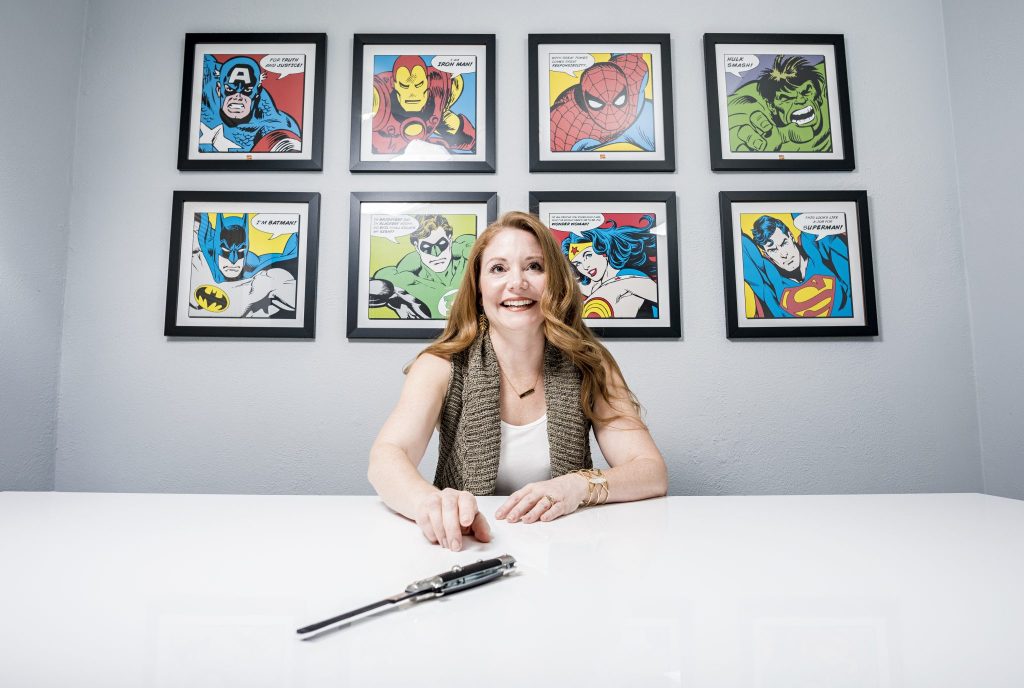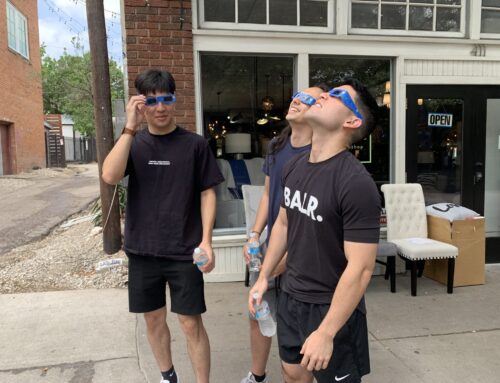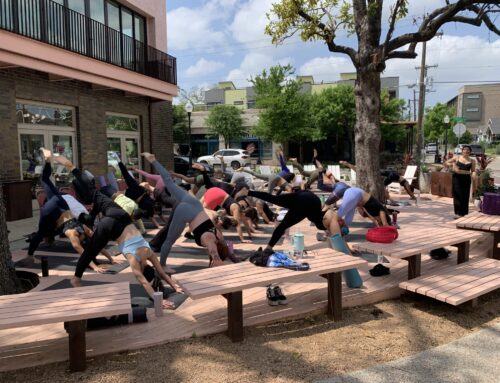SPOOF LIFE
T’challa saves the world and uses Vibranium to build Batman and Superman a new café.
This is “How It Should Have Ended,” the YouTube series of animated videos that scores millions and millions of views.
Each video is five-to-eight minutes long, entirely written, performed and animated in Oak Cliff.
The woman behind How It Should Have Ended, HISHE for short, is Tina Alexander.
Alexander and business partner Daniel Baxter started the franchise for fun in 2005.
Just out of college, they had been making live-action short films with a few friends, but those friends got too busy, so they started thinking of a film project that just the two of them could do.
“We went to see ‘Flight of the Phoenix’ and were just laughing about how it should’ve ended more realistically,” Alexander says. “We’ve actually never done a cartoon on that movie.”
The cartoons employ digital puppetry and heavy doses of sarcasm.
Initially HISHE hosted the videos on their own website. The first three were “The Matrix,” “Saving Private Ryan” and “Star Wars: A New Hope.”
One of them landed on the website Slashdot, and the HISHE website crashed because they couldn’t afford enough bandwidth to handle all the traffic.
That was 13 years ago.
 Since then the company has produced more than 300 videos. They now employ three full-time and five part-time people, and they recently purchased a small Bishop Arts office building, all by making Youtube videos.
Since then the company has produced more than 300 videos. They now employ three full-time and five part-time people, and they recently purchased a small Bishop Arts office building, all by making Youtube videos.
Alexander produces, writes and does some of the voices. Baxter voices most of the characters and does some of the animation. They all pitch ideas and jokes.
About 200 of the company’s videos are How It Should Have Ended. Most of the rest are spoofs of movie trailers, such as the recent “Oceans Over 40” video, and the ongoing bit with Batman and Superman arguing in a café.
“It was really funny in the beginning because a lot of fans were like, ‘They can’t be in the same universe!’ ” she says. “We hardly ever get that comment any more.”
The café bit led to the Villain Pub, “where everybody hates your face.”
The company’s deadlines start as soon as trailers and movies are released.
When a new movie comes out — particularly movies based on comic books, Star Wars and other blockbusters — the whole How It Should Have Ended crew goes to see it twice. The first viewing is for pleasure. The second viewing is for taking notes and brainstorming.
They first write a fatty script to get all of their ideas down and then trim it down to something they can produce in three-to-five weeks. They spend two weeks on art and then the voice actors start recording. They contract with a composer who makes a score that is recognizable but just different enough from the original to avoid copyright infringement.
The videos are protected from copyright infringement because they are parody. But music has gotten them into trouble before.
In the “Frozen” How It Should Have Ended, they used a snip of the song “Let It Go,” and Disney stepped in. The whole thing worked out amicably, and the new version instead says, “Where’d it go … that other song is gone.”
How It Should Have Ended is very popular with people under 22 years old, and a majority of their viewers are male.
But they’re also popular with Hollywood types.
The directors of the movies they spoof often re-tweet them.
“I think it does nothing but help promote their brands,” Alexander says. “Most of the movies we do, we love. We’re fans. It’s all in good humor. We’re not trying to be mean. It’s more about having fun than being critical.”
In 2015, they launched HISHEkids.com, where popular videos include a psychedelic funk version of “Wheels on the Bus,” and the “Fixed Fairy Tales” series, which is basically How It Should Have Ended for classic fairy tales.
Alexander says she thinks “nerd culture” and the proliferation of movies based on comic books made the channel’s popularity possible. The “Black Panther” spoof is one of their biggest of all time.
“The bigger the movie,” she says, “the bigger the spoof.”






